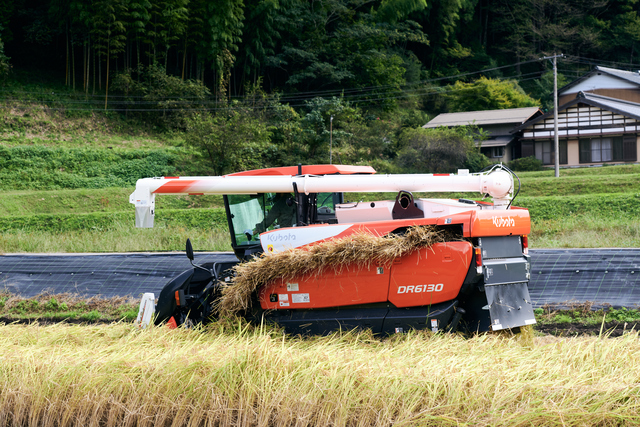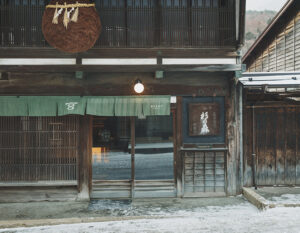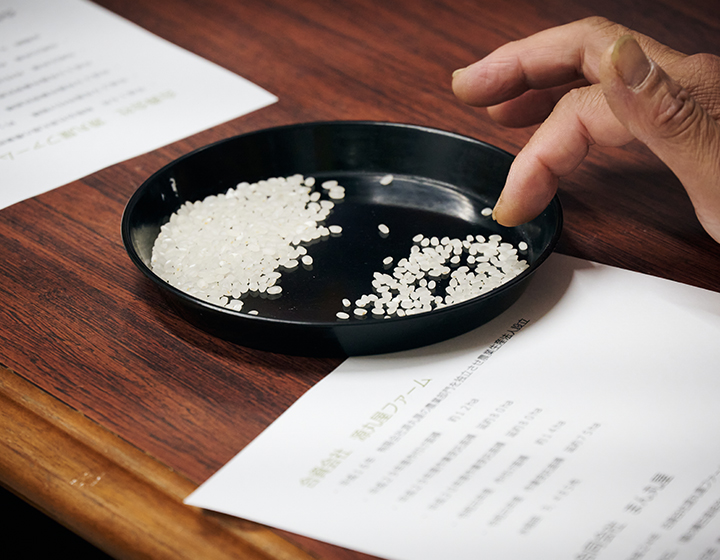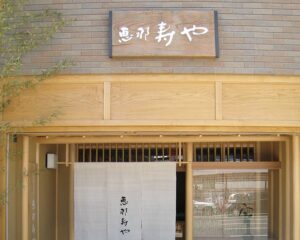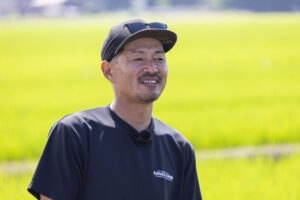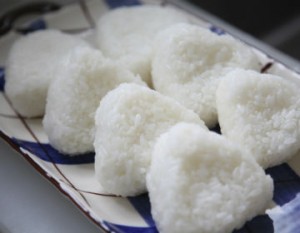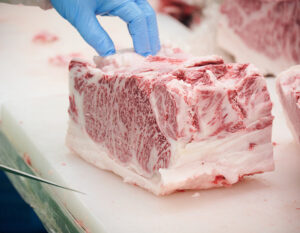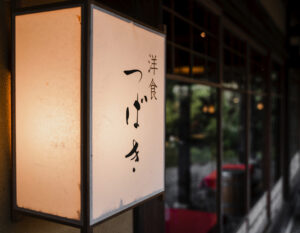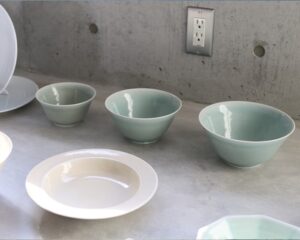Growing Phantom Rice in the Terraced Rice Paddies of Omayano
Gero Onsen in Gifu Prefecture is known as one of the three best hot springs in Japan, along with Arima Onsen in Hyogo Prefecture and Kusatsu Onsen in Gunma Prefecture. The Mimayano terraced rice paddies spread out on a slope at an altitude of around 600 meters, about 10 kilometers from the hot spring resort. The sight of rice paddies lined up on steps along the curves of the terrain, which is unique to mountainous regions, is a work of art that makes the most of nature and is a crystallization of the wisdom and efforts of our ancestors. The terraced rice paddies not only produce high quality rice due to the difference in temperature and the long hours of sunlight characteristic of mountainous regions, but also have various functions, such as preventing landslides and floods and allowing rainwater that seeps underground to be reused downstream, thus protecting the lives of people living in the surrounding areas for many years. However, terraced rice paddies are cultivated in the mountains, so the area per rice paddy is small, and the farm roads are not well maintained, making it impossible to use large machinery. The existence of terraced rice paddies has become a precious commodity in itself, as the aging of the rice growers and the lack of successors have led to an increase in abandoned rice paddies.
What is “Gin no Hikari,” the world’s highest rated rice?
Inochinoichi ” is a rice variety that was accidentally discovered in this region in 2000. It has a unique texture with grains about 1.5 times the size of Koshihikari rice. It is also attractive because of its strong flavor and sweetness, not only when it is freshly cooked, but also when it is cooled down, as it does not become hard and the flavor is concentrated even further, and the flavor continues to be delicious on rice balls or in lunch boxes. It was first sold under the brand name “Ryu no Hitomi,” and its production areas expanded. Since 2013, Mr. Yasuhiro Soga of Manmaruya LLC has been producing “Gin-no-Mikazuki,” a brand of rice produced in the Hida region of Gifu Prefecture and surrounding mountainous areas blessed with rich soil and clean water, with his colleagues. Mr. Yasuhiro Soga of “Manmaruya, LLC. In an environment where mineral-rich water through the mountains creates good soil and grows good rice, he spares no pains to keep the rice tasty by installing the latest equipment to make it even tastier. At Mr. Soga’s farm, a dryer with AI functions has been installed, and harvested rice is sorted and managed in optimal conditions, with rice harvested with different moisture content being agitated and sorted, and drying automatically adjusted to the moisture content of each rice. My wife is aghast, saying, “You bought a new one again! Soga laughs as he strokes the combine harvester equipped with the latest functions. The Silver Soma rice grown through trial and error won the gold medal in the specially grown rice category for two consecutive years in the “Rice and Taste Analysis Competition,” which is said to be the largest rice competition held in Japan. The company has also been recognized throughout Japan as the “World’s Best Rice,” a distinction given to only four people in Japan who have been carefully selected by Toyo Rice from among the gold medal-winning brown rice in the competition. The brown rice selected as the world’s best rice was purchased for 1,900 yen per kilogram, about eight times the regular price, and 840 grams (6 cups) was sold to the public for 18,000 yen (including consumption tax and shipping costs). Because of its extremely low distribution volume, it has gained a reputation among food connoisseurs as a “phantom rice.
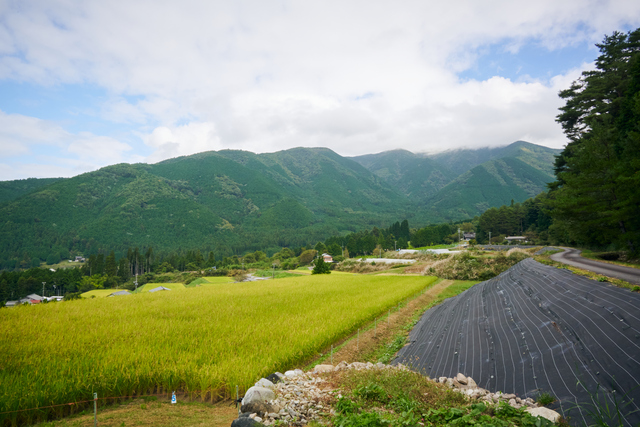
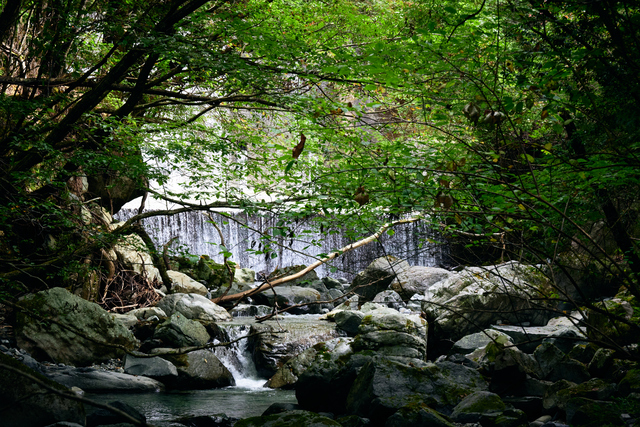
The Silver Cherry” is a special product of Mr. Soga.
Mr. Soga places great importance on using as little pesticides as possible, no chemical fertilizers, and only original organic fertilizers that meet his own standards. He relies on his accumulated data and long-standing instincts to deal with changes in temperature and rainfall caused by abnormal weather, and he treats the silver sesame as if he were raising his own children. After harvest, the rice is stored in a warehouse at a constant temperature to keep it alive and un-hulled so that it is less susceptible to environmental conditions such as dryness, cold, and heat. This is because rice that is protected by the husks and retains its vitality can retain its fresh taste for a long time. The amount of rice that can be shipped is not very large because the cultivation area is limited and there are no workers. That is why we want to deliver the best rice possible to customers who are waiting for it,” says Soga.
The fact that rice produced in the traditional way, in the traditional place, is gaining public recognition seems to appeal to the legitimacy of preserving the original landscape of Japan and passing it on to future generations. And no matter how tasty the rice is, Mr. Soga leaves no room for miscellaneous thoughts, saying, “There is no such thing as good enough. Under Mr. Soga’s leadership, the future of rice farming in Japan is being carefully spun out.
